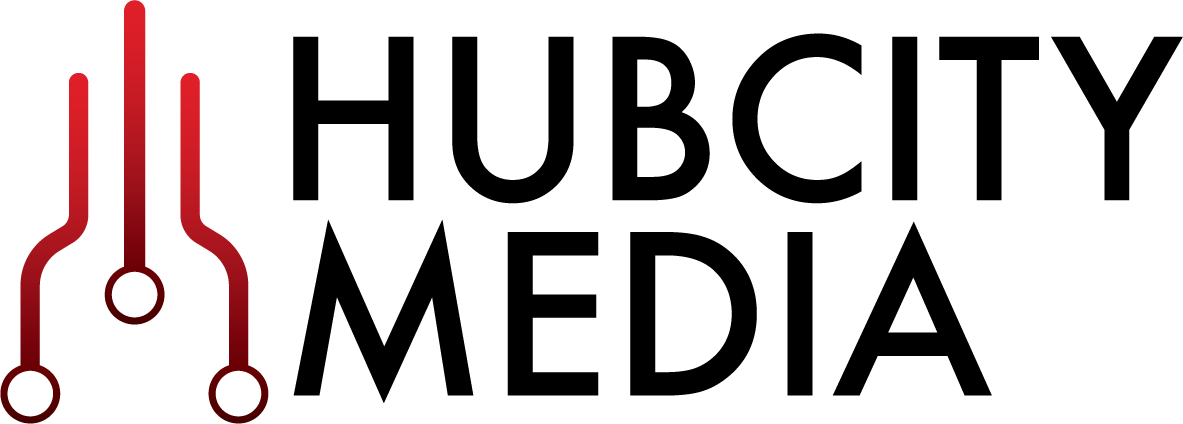Solving the Challenges of an Identity Governance and Administration (IGA) Deployment
Identity Governance and Administration (IGA) has been part of the workforce reality for decades, but many organizations still struggle to escape the tedious, error-prone manual processes used to demonstrate basic compliance. Hub City Media’s (HCM) experience helping clients achieve their IGA goals shaped our efforts to “build a better mousetrap”.
Our goals were simple: make something easy to implement, smooth to operate and a pleasure to use.
We collaborate with clients everyday and find that governance programs usually fall into one of these broad categories:
Ad-hoc Manual - Having little to no governance in place, this client is unable to meet basic compliance requirements.
Multi-Spreadsheet - Governance cycle consists of a series of fractured, usually manual processes. Collecting data from disparate system extracts, massaging extracts into spreadsheets, distributing spreadsheets via email, following up with certifiers throughout the campaign, and ultimately ending with messy, manual remediation.
Quasi-automation - Usually either a set of scripts to process data input and / or remediation or spreadsheets are replaced with an online Governance tool that is fed access data and automates notifications for manual remediations.
Shelf-ware or unused IGA capabilities - We have seen cases of clients with existing IGA capabilities in-house that, due to complexity or cost, are underutilized or never deployed. Frustration with some IGA platform implementation effort and complexity may force clients to reevaluate their software vendor in order to realize their expected return on investment.
When solving these issues, clients often face one or more common challenges:
Designing IGA platforms without expertise
Implementing legacy processes
Insufficient planning and data modeling for modern IGA needs
Requirements based on current tools and products
Requiring heavy customization of new IGA tools and products
In designing and developing IGA tools and solutions, HCM focuses on simple, menu-driven usability over custom code. It’s a balancing act, but one we’ve found great success with when providing business value to our clients.
With these challenges in mind, here are some guiding principles to help increase successful IGA implementations. The below outlines an end to end approach we used to help a client successfully navigate through a set of typical IGA use cases.
Guidelines for IGA deployments:
1
Experienced IGA Project Team - Many organizations try to staff IGA projects with existing IT people. Oftentimes they may have little to no IGA experience. Subject Matter and product knowledge are critical requirements to planning, designing and building an IGA platform that meets security, compliance and usability requirements necessary, thus providing value to the organization.
IGA resources with specific knowledge can be difficult to acquire in the job market, so clients often engage System Integrators (like Hub City Media) for this expertise.
2
Build a strong foundation - As tempting as it is to “skip to the end” when reading a good story, it’s important to follow the natural progression to make that ending more meaningful and satisfying. This analogy holds true for IGA projects also. Of course it’s important to show value, but the challenge is to take the necessary time to build a winning strategy and then execute it. Short-changing this phase of the project often leaves the implementation team building on-the-fly without any real guidance or understanding of the end-goals for the business or impacts to end-users. Maintain discipline, educate stakeholders on IGA processes and terminology, align team members expectations and invest in a thorough requirements gathering and design with full participation from key stakeholders in IT and business roles. Agreeing on the “blueprint” will allow everyone to envision the endstate.
3
Adapt technology and business processes - Change is uncomfortable. Oftentimes initial conversations start off with clients asking to “automate our existing processes” or migrate from one product to another “without changing the experience.” While challenging, we advise taking a more strategic view. Look for opportunities for process improvement, re-align business and technology to take advantage of IGA standards, automation and native capabilities. Try not to to force an uncomfortable union between less compatible parts.
4
Define small wins - Aside from the pre-requisite infrastructure for deploying your IGA products, the next goal of your strategic planning efforts should be defining reasonable scope and schedule for addressing critical IGA needs, and delivering successful value to the business. Maintaining manageable objectives will help keep expectations in line with delivery timetables, helping to build confidence in the IGA platform and further driving adoption. Too often, especially in platform migrations, we see overambitious goals and lengthy project schedules that can be derailed by scope creep, misaligned expectations and an “all or nothing” success criteria.
5
Customize only when necessary and within supported frameworks - IGA standards have matured considerably over the last decade. Improved protocols and security, based on industry experience and analysis, have closed the gap between many IGA capabilities. While product vendors still offer some unique capabilities or approaches, especially in User Experience (UX), the focus has definitely emphasized standards over custom solutions. Following our advice on #3, Adaptation should be a first priority, but there are certainly situations that call for some enhancement or personalization of IGA product capabilities. We recommend a thorough examination of the underlying requirements and goals before choosing this approach, but in cases where it is deemed necessary, make sure to leverage the product vendor’s supported methods for achieving this advanced level of complexity. Always view the requirement in terms of perceived business value, time / cost to implement, maintainability, upgradeability and supportability. A decision made with these perspectives in mind are less likely to choose customization unnecessarily. In most every case, the outcome will be far more successful when choosing a standards-based approach, leveraging the selected technology tools capabilities as strengths rather than weaknesses.
6
Setting goals for the future - Building a strong foundation and achieving small wins helps lay the essential groundwork for some really exciting developments in modern Governance practices, namely adapting Artificial Intelligence and Machine Learning to drive value. These futuristic technologies are a current day reality and can provide several benefits to the IGA space, including:
Data-support of certification and access request decisions
Complete automation of low-risk decisions through business policies and rulesets
Enhanced security by identifying patterns and redundancies in Identity dataset(s)
We hope this exploration of our experience assisting and advising IGA projects provided valuable insights and tips to get you started, no matter where you are on the IGA journey.
CONTACT US for an introductory meeting with one of our IGA experts, where we can apply this information to your unique organization.






